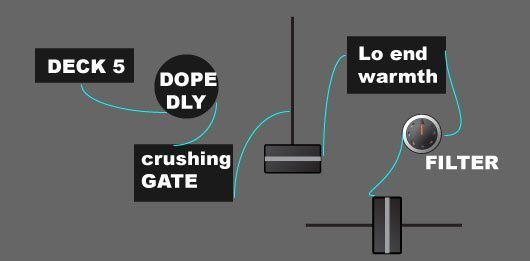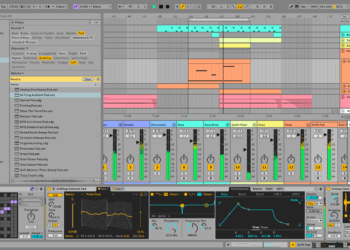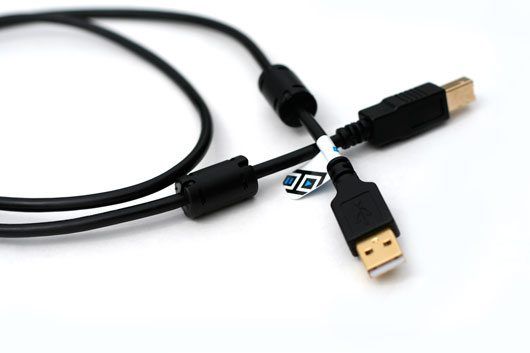There are now dozens of “things” you can apply to a track inside today’s powerful dj software.The problem lies in calling up and remembering those different effect settings that you liked, and having access to them in an intuitive and fun way that encourages wonderful accidents. The answer to this may be creating modular software and possible hardware that can be easily manipulated to create endless possibilities in the moment.
Delayed Thinking
One simple example of a common dj object is the classic delay. One trick I employ during a set is dropping a nice delay and hitting freeze, then transforming the solid sound to create a free tempo transition into any other track. In today’s dj software performing that one “trick” requires the following steps.
- Which deck do I want the delay on- find FX assigment
- route that deck to the right effect
- Tune the settings to taste
- 3/4 note , 60% feedback, 50% wet dry, low end cut out
- turn on the effect
- turn up the effect
- freeze the effect
you get the idea, its a lot of tedious thinking when all I want to do turn one knob that says:
“put exactly this pre-set delay on this track now”
That is completely possible with intelligent mapping, and I have already started to include such objects in our public mappings but that stops well short of our potential. In the ideal situation the delay is no longer a collection of settings but a unique object with special properties that can be called up and used at any time. This is relatively easy to do for a few commonly used tricks but what about the other 500 things you can do with ableton or traktor? The real limitations on physical space start to kick in and it becomes impossible to support all the things you might want to do in a set. The answer is modular elements that can be easily moved and interact with each other in special ways. The Reactable has done it in the synth world and the video bellow demonstrates how killer the concept is for the VJ. Now how about the digital dj- is it time for us to go modular?










